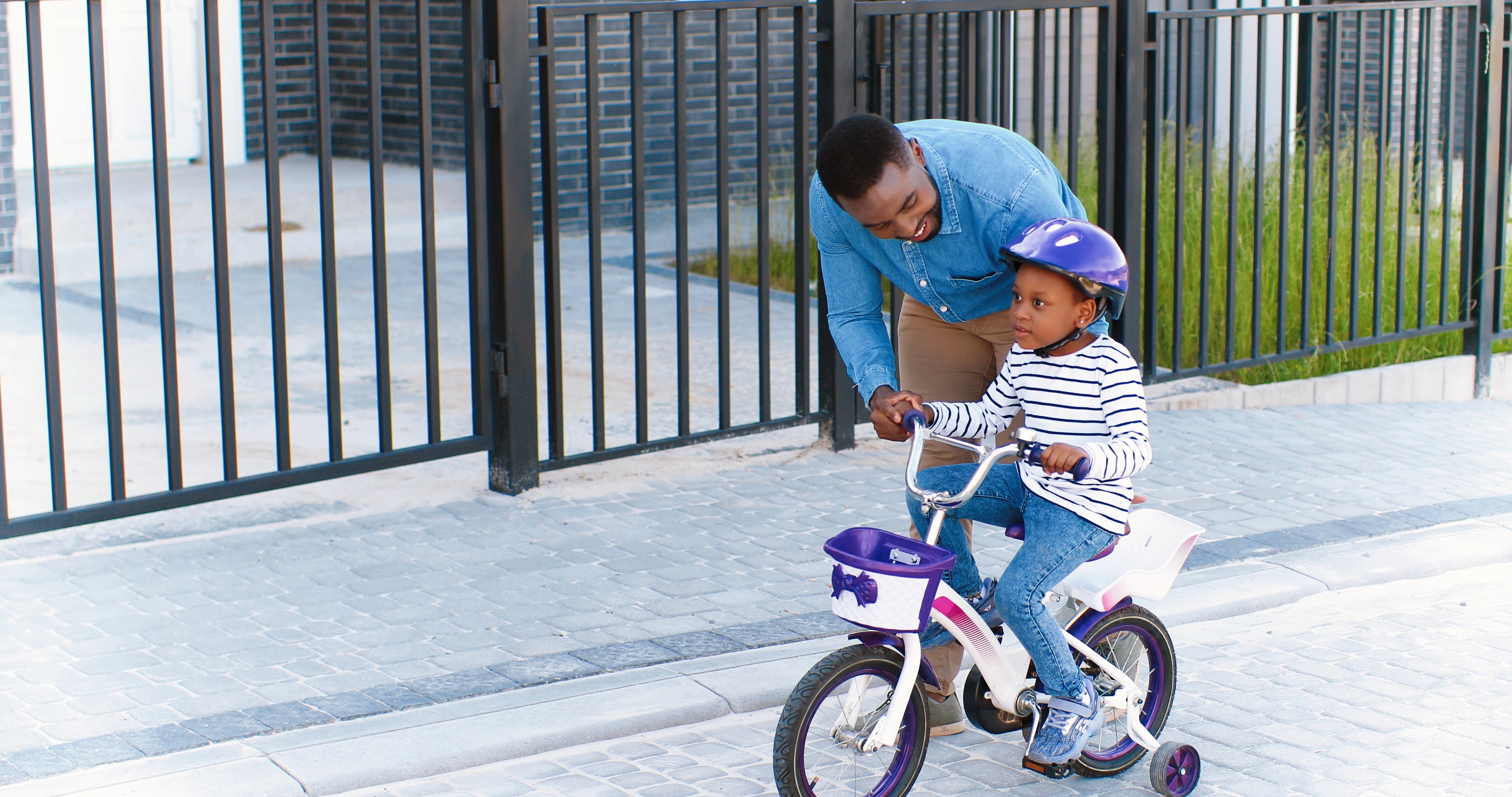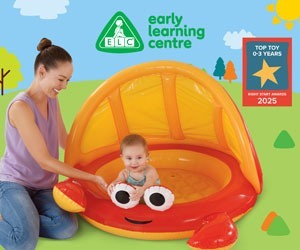On yer bike!
Published
Were you one of the many parents who invested in your child’s first wheels this Christmas? You may be interested to know that new research from cycling retailer Merlin Cycles shows that children are learning to ride bikes on average six months later than they were a generation ago in the 1980s.

In the 1950s, the average age for learning to ride a bike was 6.2 years. There was a huge drop to just 5.1 years in the 1980s, but it began climbing again, eventually settling at 6 years in the 1990s.The research also showed that mums are the ones most likely to get kids flying on their first set of wheels.
Teaching children to ride a bike is an important step to confidence and self-independence. Here are some pointers from the team at Merlin:
Safety gear
Of course, you need a bike and a helmet, but extra safety gear such as knee and elbow pads can help to build your child's confidence while learning. Stabilisers aren't necessary, but if your child is struggling with balance, they can certainly help.
Location
Pick a location that your child can be confident in — many start off in their back garden or a quiet path while learning how to stay balanced. You may be tempted to use a field as the grass is a softer landing, but this can actually make it trickier for your child to pedal.
Balance
Before learning how to pedal, make sure that they are confident in their balance. It's the most difficult part of learning how to ride a bike - pedalling becomes quite natural once you have your balance.
Remove the pedals and ask children to focus on a set object in front of them instead of focusing on you. Show them how to use their brakes and ask them to push themselves down the road, lifting their feet off the ground where they feel comfortable. Balance bikes help kids understand how to balance without the risk of falling off, as they can put their feet back on the ground.
Pedals
When children are confident with balance, re-attach the pedals. Ask them to look at where they want to go and start pedalling. Start by holding onto them, then slowly release letting them see what they can do. Keep doing this until they have built confidence and then suggest they try going further. Do this process little and often as kids can often become distracted quickly.
Visit www.merlincycles.com







